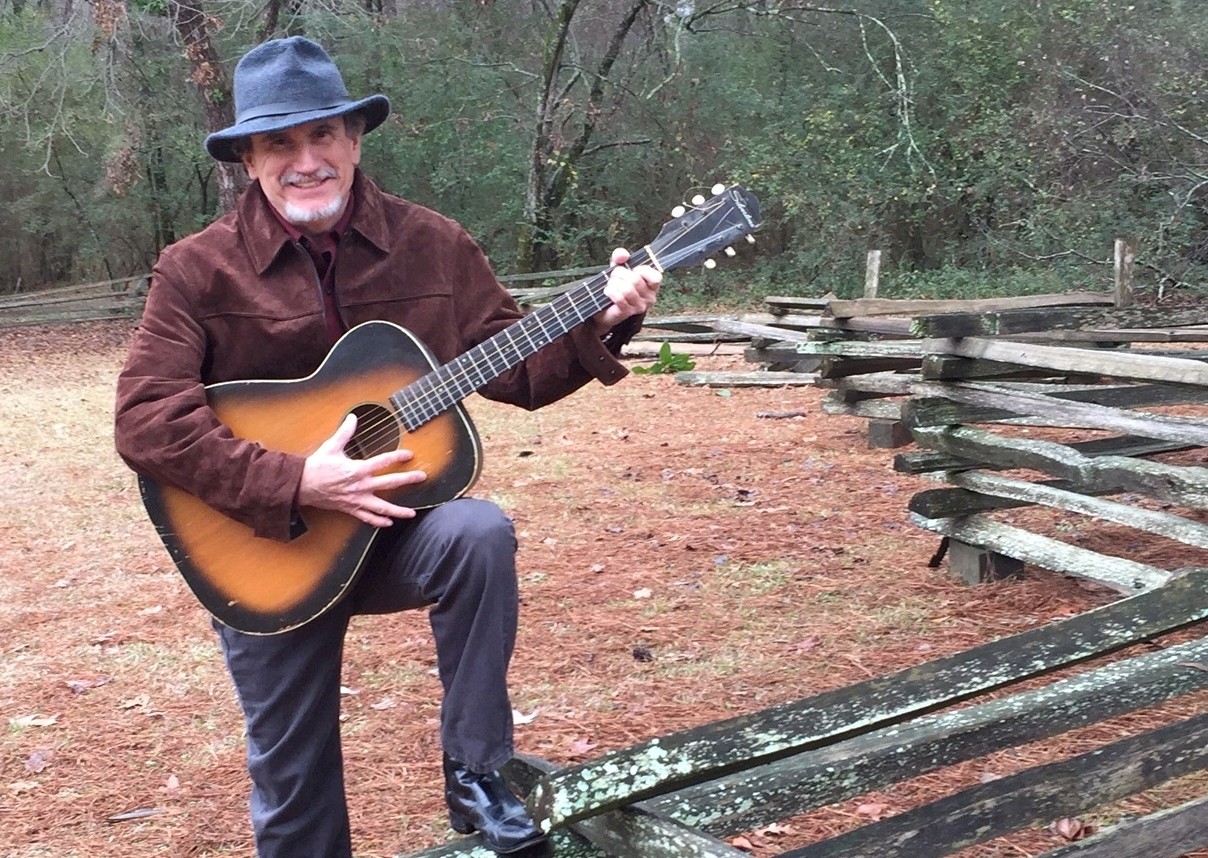Memphis has been a crucible for sounds and songs that have come to define America, yet many of the volumes covering the topic keep a narrow focus on particular artists, labels, studios, or genres. The sprawling history of Memphis music as a whole is simply too huge for most authors to cover in one fell swoop. Most authors, that is, except James L. Dickerson.
His Memphis Going Down: A Century of Blues, Soul and Rock ‘n’ Roll (Sartoris Literary Group) is a welcome exception to the narrow focus of most books on the subject. And, in a sense, we’ve known this for almost 30 years: The book was originally released in 1996 under the title Goin’ Back to Memphis. But that edition and the reprint that came out 10 years ago are both out of circulation. Now, a new edition has been released with a title that leans into the dire thread running through Dickerson’s story. No one is going back to Memphis, it seems to say. Memphis has only gone downhill, and that’s where it will stay.
Yet Dickerson does not arrive at this gloomy prognosis without some serious research, backed up with considerable first-hand experience in the Bluff City. The Greenwood, Mississippi, native was a reporter and columnist for years at several newspapers, including the Jackson Free Press and The Commercial Appeal. He has written over 30 books and over 2,000 articles in magazines and newspapers. Indeed, Warner Brothers bought the rights to his 2001 biography of Colonel Tom Parker as the basis of last year’s hit film, Elvis.
Thus, while he offers no footnotes or citations here, the book’s extensive bibliography will likely bear out his claims. It hardly beggars belief when he claims in the book’s opening line that “In 1905 Memphis, Tennessee, had a national reputation, but not for music. It was the murder capital of the United States.” He repeats that claim as the decades roll by, chapter by chapter. What’s new is to contextualize the city’s music thus. “America’s Distribution Capital,” it turns out, has been a veritable Sin City for much of its existence, chronically plagued with prostitution, addiction, and homicide.
While he draws no precise lines between such facts and the city’s remarkable music, it does help set the socio-political stage for the ascension of one W.C. Handy, whose first attempts to notate the blues were sparked by E.H. Crump’s need for a campaign song. From there, the author astutely notes that “at the turn of the century, Beale Street was the only entertainment district in the nation openly hospitable to women entertainers.” What follows are brief biographies of three Memphis legends: Memphis Minnie, Alberta Hunter, and Lil Hardin. While many know of the former, the Memphis roots of the latter two are not as often celebrated, but Dickerson corrects that tendency.
And that’s only in the first 30 pages. Chapter Two touches on Furry Lewis, Sleepy John Estes, and “Fiddling Abe” Fortas, who’s really only notable for having made the journey from Beale Street entertainer to U.S. Supreme Court justice. Moving along briskly by decade, the book’s a decent introduction to the deep jazz and blues roots that Memphis boasts. And as the author writes of the ’30s and ’40s, he begins to incorporate his own interviews with players from those times who were still alive when Dickerson was a journalist.
The book covers more familiar territory as the 20th century wears on, limning the stories of Sun, Stax, Hi, and more. But curiously, after the ’70s, when Stax closed shop and Elvis Presley died, the book becomes overly fixated on the city’s lost glory days. The ’80s are chiefly notable in the author’s eyes as the decade when Ringo Starr and The Fabulous Thunderbirds came here to record. Discussions of activity in the ’90s, like Stax co-founder Jim Stewart’s latter day work, are enlightening, but one can’t escape the author’s predetermined conclusion that Memphis music was dying. The rise of the Memphis underground, from the Panther Burns to the Oblivians to the burgeoning hip-hop scene, practically don’t exist, in part because Dickerson is focused mostly on the Billboard charts. By the time the 2000s arrive, Dickerson can write about little more than Justin Timberlake. Memphis Going Down? After the book’s more informative earlier chapters, better to turn elsewhere to find signs of Memphis rising.

 James L. Dickerson
James L. Dickerson 